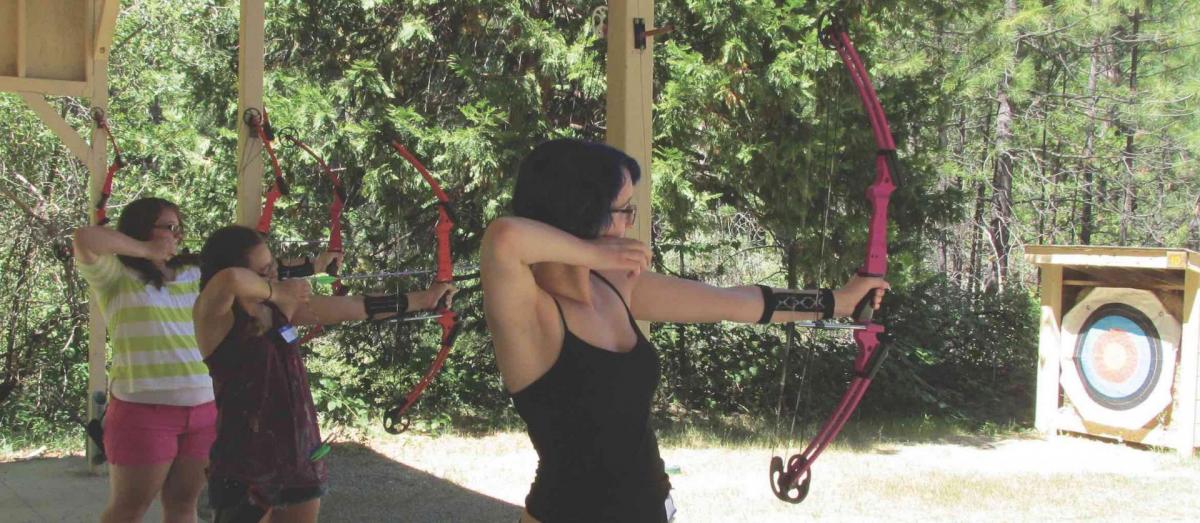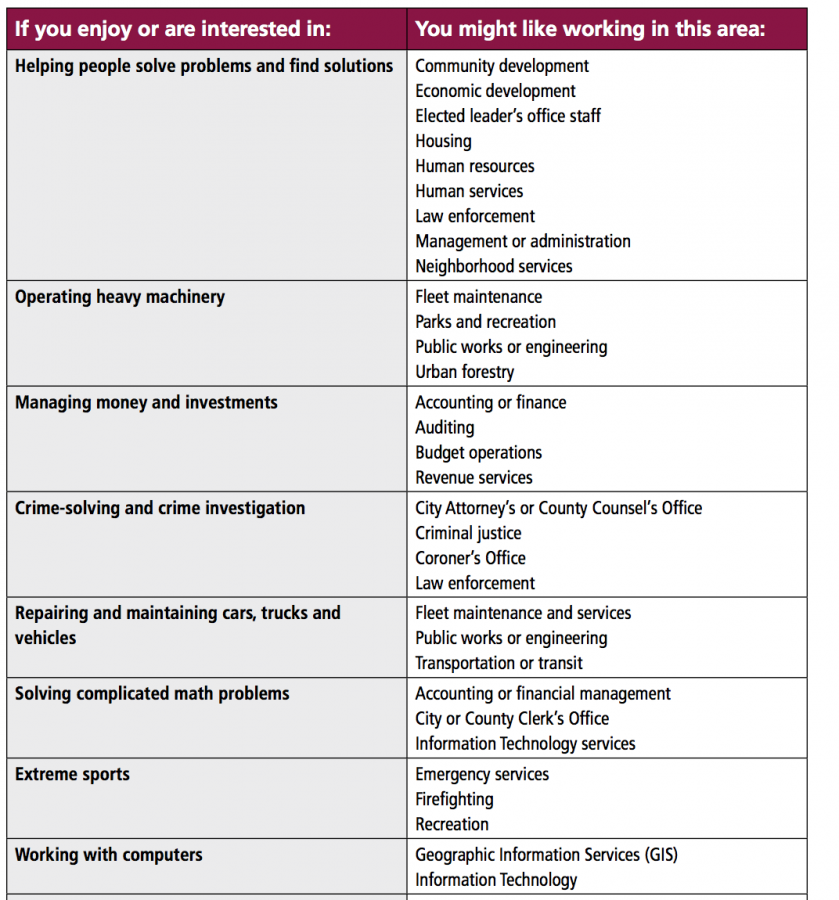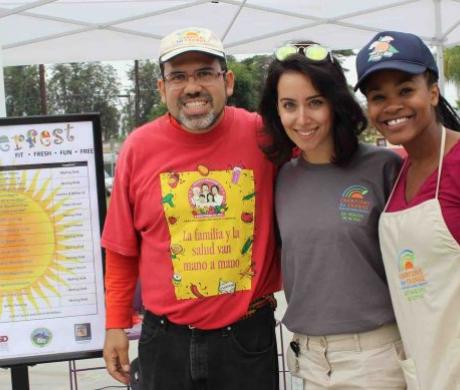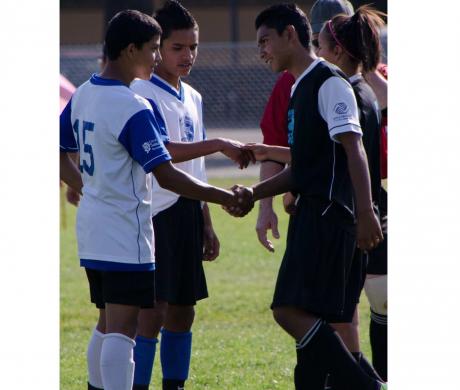Focusing on Youth and a Vibrant Future
Our young residents play a critically important part in the future of our cities — they are tomorrow’s leaders, workers and innovators. Cities statewide are engaging youth in numerous ways.
In my city of Grass Valley, two programs work to meet the needs of our young residents. The Friendship Club provides a comprehensive, year-round, long-term program aimed at helping empower and educate youth between the ages of 10 and 18 who face challenges of poverty, abuse and trauma. And the club continues to offer support to young people into their 20s as they transition into adulthood. Founded in 1995, The Friendship Club serves about 125 youths at a time, focusing on six areas: health and wellness, healthy relationships, goal setting, self-awareness, self-sufficiency and community connectedness.
The Friendship Club is expanding to help alleviate homelessness among teenage boys and girls and provide mental health counseling on-site. The new SAFE (Stability, Access, Foundation, Empowerment) pilot program provides academic, social and emotional support and life skills to homeless high school juniors and seniors as they transition into adulthood. A $100,000 state grant supports the SAFE pilot program, which opens the door to opportunities, helps break the cycle of poverty and aims to prevent young people from being homeless as adults. The Friendship Club provides students experiencing homelessness — especially those “couch surfing” and staying with friends, extended family or neighbors — a safe place to meet with peers who face similar challenges. It connects youth with community resources and offers support from staff and well-trained adults and mentors. Local businesses and individuals provide most of the club’s funding, and more than 150 community members volunteer in The Friendship Club.
NEO (New Events & Opportunities), an innovative grassroots nonprofit youth center and youth empowerment program, also serves my community. In 2008, two 19-year-olds founded NEO, which hosted over 350 teen-led events throughout western Nevada County before opening its Youth Center in 2015.
NEO focuses on empowering young people to make healthy and positive lifestyle choices. Its Youth Center is a drop-in, out-of-school-time facility offering an array of activities, workshops and events. NEO strives to create a safe, fun and positive environment for all youths and young adults between the ages of 11 and 25. The organization aims to transform lives by connecting members with the experiences, resources and support they need to succeed. NEO relies primarily on teen and young adult employees and volunteers, and young people continue to drive the program today.
Diverse Programs Address Unique Community Needs
Cities employ a diverse range of programs to meet the unique needs of youth in their communities and involve young people in civic life. Many California cities have youth commissions and youth leadership programs that offer education and training for young people interested in becoming future leaders. Youth commissions also give young people a way to provide input on policy issues to local elected leaders.
If your city already has a youth commission or a youth council, you may want to consider helping its members act as ambassadors to their peers in promoting the importance of civic engagement and the career opportunities that local government offers.
Many cities conduct a Youth in Government Day, which can serve as an excellent starting point to engage your community’s youth, especially high school students. Such events are generally short in duration (usually one day) but provide a high impact. For most Youth in Government Day events, students learn how municipalities function and engage in a variety of city-organized activities, such as participating in a mock council meeting and touring municipal facilities.
Cities are also taking a proactive approach to creating programs that introduce junior high and high school students to careers in local government. And local governments are partnering with the private and educational sectors to launch workforce development programs that provide job opportunities for young residents and offer training to equip youth with the skills needed for gainful employment.
Youth-Related Resources for Cities
The Institute for Local Government (ILG), the League’s nonprofit research affiliate, offers numerous tools for communities interested in launching or expanding youth programs like Youth in Government Day, workforce development and more.
ILG’s “Engaging Youth” web page (www.ca-ilg.org/engaging-youth) provides links to a variety of resources, including samples of youth master plans and information about youth commissions and councils. And the Governments Engaging Youth (GEY) project (www.ca-ilg.org/GEYToolkit) seeks to support, expand and enhance local government and school partnerships to develop programs that offer the younger generation opportunities to learn about public service careers, community issues and how to become a more involved, civic-minded individual.
The GEY toolkit offers resources designed to help initiate, expand or foster youth engagement in your city’s programs by providing a framework, assessment tools and case stories highlighting the many options available to suit your community’s needs.
The timing, duration and intensity of GEY programs depend on your city’s capacity and what works best for your community. GEY can be a one-day field trip to City Hall, a six-week summer program, school-day/classroom-based action civics projects, a public service high school career academy experience or civic engagement in an after-school program format.
Because all municipalities are different, the process for launching a GEY program is unique to each community. To make this process easier to navigate, ILG provides tools designed to:
- Help city staff and partners think through the preliminary details of creating a civic engagement program for youth;
- Assess and identify the target skills/competencies for a program curriculum;
- Evaluate your city’s readiness to scale up an existing program or implement a new one using the GEY model; and
- Identify next steps.
I encourage you to take advantage of these helpful resources when considering how your city can better serve its youth or how best to update current programs.
Sources of Inspiration, Model Projects and More
In addition to the outstanding materials available on the ILG website, the Western City website offers examples of award-winning projects that serve youth in California cities, many of which are model projects designed to be easily replicated, and informational articles that address the needs of local communities and offer tips and links to related resources. Visit www.westerncity.com and search for “youth” on the site or select “Youth” from the Topics menu to find articles such as:
- Governments Engaging Youth: Preparing for College, Career and Civic Life;
- Three Ways to Connect With Your Community’s Youth;
- “Shout Out” to Youth About Local Civics and Careers in City Government;
- Connecting Youth and Civic Leadership;
- New Toolkit Helps Local Governments Engage Youth;
- Amplify Your Community’s Voice by Fostering Future Leaders;
- Connecting Youth With Democracy;
- Cultivating an Inclusive and Diverse Future Workforce;
- Milpitas Initiative Targets Workforce Development;
- Mill Valley Recreation Expands to Serve Special Needs Families;
- Rancho Cucamonga Focuses on Community’s Mental Health Needs;
- Santa Clarita Court Diversion Program Gives Teens a Second Chance;
- South San Francisco Gives Youngsters’ Literacy a Big Lift;
- Junior Beach Runners Focus on Fitness in Long Beach;
- Santa Clarita Pushes Back Against Heroin; and
- Rialto’s Summer Bridge Program Empowers At-Risk Youth.
Showcase Your City’s Outstanding Efforts
Keep in mind that the League’s Helen Putnam Award for Excellence program offers cities an opportunity to highlight their noteworthy projects and be recognized for exceptional efforts in categories that include youth and many other important areas. This year’s winners will be in the spotlight at the 2019 League of California Cities Annual Conference & Expo and featured in future issues of Western City. If your city has an innovative program, consider submitting it for the 2020 awards program. Visit www.helenputnam.org for more information.
Related Resources
Police Departments Use Creative Approaches to Build Public Trust
Lodi’s Storm Drain Detectives Monitor Water Quality
Oxnard Taps Youth to Improve Quality of Life
Manhattan Beach Teens Help Seniors With Tech Issues
The HEAL Cities Campaign Helps Build Complete Parks Systems
Speaking to Youth: Matching Personal Interests with Possible Careers
The table below can help frame job and career opportunities in local public agencies and public service in a way that young people can easily relate to and understand. This can be used as a handout and as the basis for a discussion with youth about the available options that are suited to an individual’s various interests, talents and abilities. The next steps may be to discuss briefly the roles of various departments at the city or county level and provide background information to get youth thinking about potential career options that may interest them.
An expanded version of this table and additional resources are included in the Institute for Local Government’s Briefing Paper #4, Connecting the Next Generation with Local Agency Careers: Ideas for Encouraging Youth to Enter Public Service. To download a copy, visit www.ca-ilg.org/sites/main/files/file-attachments/ilg_briefing_paper_4_final_4.pdf and see Appendix C for the full table.
This article appears in the August 2019 issue of Western City
Did you like what you read here? Subscribe to Western City








